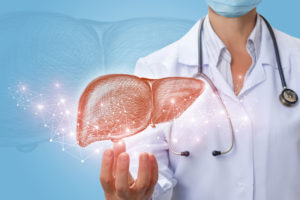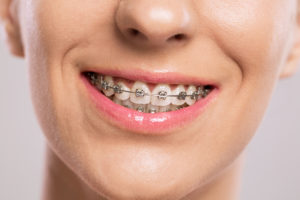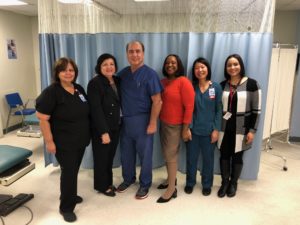The human liver is a very vital organ. It is so important that we cannot survive if it stops functioning for one single day. Unfortunately, it is also one of the least thought about organs. Given its importance, let’s take some time to learn more about the liver and give it the attention it deserves. Here are some fascinating facts about the liver:
- Largest glandular organ – Our liver is the largest glandular organ of the human body and the second largest organ besides our skin.
- Multifunctional – Our liver simultaneously performs over 200 important functions for the body. Some of these important functions include supplying glucose to the brain, combating infections, and storing nutrients.
- It contains fat – 10% of our liver is made up of fat. If the fat content in the liver goes above 10% it is considered a “fatty liver” and makes you more likely to develop type 2 diabetes.
- It stocks iron – Our liver stores important vitamins and nutrients from the food we eat and stocks them up for when we need them later.
- Detoxifier – Our liver detoxifies the harmful things we take in like alcohol and drugs. Without the liver the body cannot process these items.
- Creator of blood – The liver creates the blood that circulates in our bodies. In fact, the liver starts producing blood before we are born. Without the liver there would be no blood and no life.
- It regenerates – Our liver has the amazing ability to regenerate itself, making liver transplant possible. When people donate half their liver, the remaining part of the liver regenerates the section that was removed.
As you can see, our livers are extremely important organs and serve many vital functions. In other words, our livers are no chop- liver.
All content of this newsletter is intended for general information purposes only and is not intended or implied to be a substitute for professional medical advice, diagnosis or treatment. Please consult a medical professional before adopting any of the suggestions on this page. You must never disregard professional medical advice or delay seeking medical treatment based upon any content of this newsletter. PROMPTLY CONSULT YOUR PHYSICIAN OR CALL 911 IF YOU BELIEVE YOU HAVE A MEDICAL EMERGENCY.










